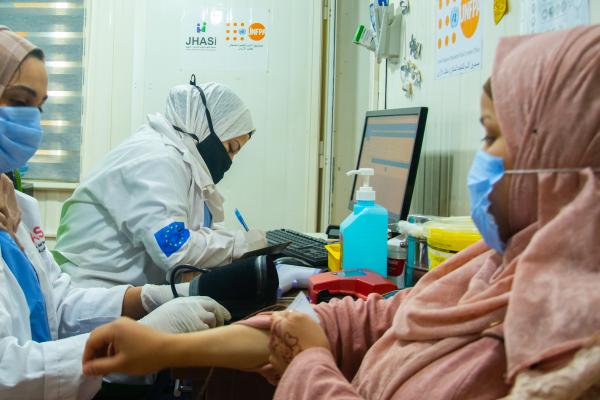For decades, the 2,400-kilometre border with Thailand has served as a crossing point for those seeking a better life. Among them are waves of Rohingya refugees, a persecuted ethnic, religious, and linguistic minority from Myanmar, who have been fleeing armed attacks and severe human rights violations since the 1970s.
In recent months, the situation has deteriorated into a full-blown civil war between the military, which seized power through a military takeover in 2021, and opposition groups.
The army is continuously increasing its violence against civilians, driving up displacement. There are now more than 3 million people internally displaced in the country. In northern Rakhine State, the military is also accused of stoking inter-communal tensions between ethnic Rakhine and Rohingya, and there are credible reports of detention and forced conscription of Rohingya following the military's conscription announcement.
Thailand, however, is not a signatory to the 1951 Refugee Convention and treats asylum seekers as irregular migrants. Adults who are apprehended are sent to immigration detention centres, while children, who are often unaccompanied or separated from their families during the arduous journeys, are placed in shelters for children and families that often lack sufficient space.
These children find themselves in a state of limbo, facing uncertainty about their futures. However, the International Organization for Migration (IOM), with humanitarian funding from the European Union, provides essential services during their stay, including protection, care, food, medical services, and mental health support.
*Names in this story have been changed to protect anonymity.













